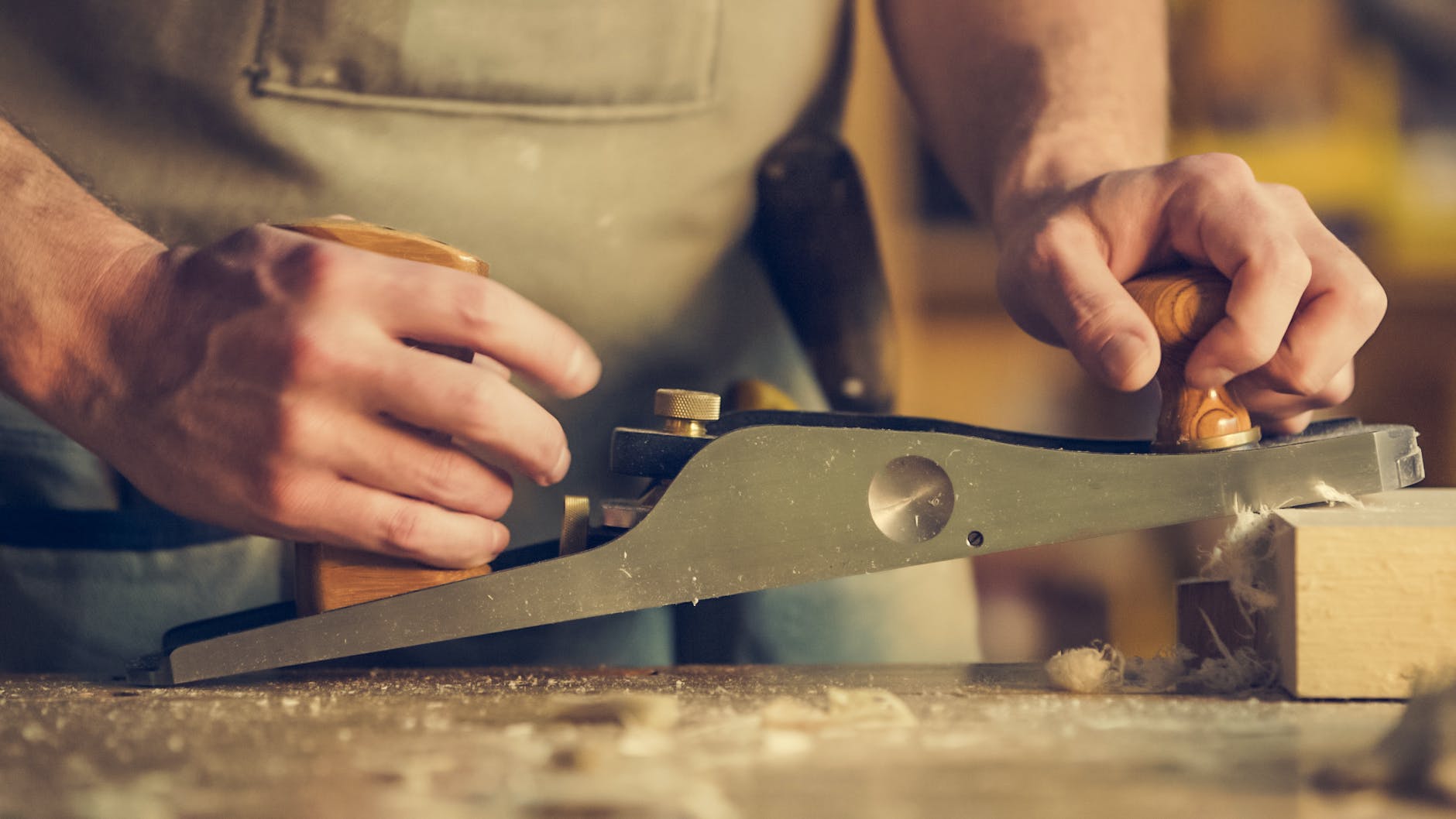what is the difference between handmade and handcrafted woodworking?
In the field of woodworking, there are two terms that are often used interchangeably – handmade and handcrafted. While they may seem similar, there are distinct differences between the two. Understanding these differences can help you make an informed choice when buying furniture or other wooden items.
1. What is Handmade Woodworking?
a. Definition of handmade woodworking
Handmade woodworking refers to the process of creating wooden items entirely by hand. It involves the use of traditional tools such as chisels, saws, and planes, without the assistance of any machinery. Each piece is meticulously crafted, showcasing the skill and artistry of the craftsman.
b. Raw materials used in handmade woodworking
Handmade woodworking typically involves the use of solid wood, sourced from responsibly managed forests. The craftsman carefully selects the type of wood based on its qualities, such as durability and grain pattern, to ensure the highest quality end product.
c. Advantages of handmade woodworking
Handmade woodworking offers several advantages. Firstly, the attention to detail and craftsmanship result in higher quality products that are built to last. Secondly, handmade items often have unique characteristics and can be customized to meet specific requirements. Finally, buying handmade supports local artisans and promotes sustainable, traditional craftsmanship.
2. What is Handcrafted Woodworking?
a. Definition of handcrafted woodworking
Handcrafted woodworking, on the other hand, involves a combination of manual work and the use of machinery. While handcrafted items are also made by hand, power tools and other machinery are used to assist in the production process. This allows for greater precision and efficiency.
b. Machinery used in handcrafted woodworking
Handcrafted woodworking often incorporates machinery like table saws, jointers, and planers. These tools help shape and refine the wood, enhancing the overall quality and finish of the product. However, it is important to note that the craftsmanship and skill of the artisan remain essential in handcrafted woodworking.
c. Benefits of handcrafted woodworking
Handcrafted woodworking offers several benefits. The use of machinery allows for increased productivity, making handcrafted items more readily available. Additionally, the combination of manual work and machinery results in products that are precise and of high quality. Handcrafted woodworking also allows artisans to experiment with different designs and techniques, pushing the boundaries of creativity.
3. Differences between Handmade and Handcrafted Woodworking
a. Quality differences between handmade and handcrafted woodworking
While both handmade and handcrafted woodworking produce high-quality products, the level of detail and precision may differ. Handmade woodworking tends to focus on the meticulous artistry of the craftsman, resulting in truly one-of-a-kind pieces. Handcrafted woodworking, with the aid of machinery, allows for increased efficiency and consistency in production.
b. Considerations when buying handmade or handcrafted furniture
When purchasing handmade or handcrafted furniture, there are a few factors to consider. Handmade pieces often have a higher price point due to the extensive labor involved. Handcrafted furniture, while still requiring skill and craftsmanship, may be more readily available and competitively priced. It ultimately comes down to personal preference and the importance you place on the artisan’s touch.
c. Future trends in handmade and handcrafted woodworking
The demand for handmade and handcrafted woodworking is expected to grow in the coming years. Consumers are increasingly valuing unique, customized products over mass-produced items. In addition, the desire for sustainable and ethically sourced furniture is fueling the demand for handmade and handcrafted goods.
4. Factors to Consider in Handmade and Handcrafted Woodworking
a. Skill level of the craftsman
One of the critical factors to consider in handmade and handcrafted woodworking is the skill level of the craftsman. A skilled artisan can transform a piece of wood into a work of art. It is essential to research and assess the craftsman’s expertise before making a purchase.
b. Materials used in furniture making
The choice of materials significantly impacts the quality and durability of furniture. Handmade and handcrafted woodworking often utilizes solid wood due to its strength and natural beauty. Additionally, the finishing and treatment of the wood contribute to the overall longevity and appearance of the piece.
c. Pricing and value of handmade and handcrafted furniture
Handmade and handcrafted furniture may come at a higher price point compared to mass-produced alternatives. However, the value lies in the unique craftsmanship, attention to detail, and the story behind each piece. Investing in handmade or handcrafted furniture ensures that you are acquiring a quality item that will stand the test of time.
5. Making an Informed Choice: Handmade or Handcrafted?
a. Personal preferences in furniture choices
When deciding between handmade and handcrafted furniture, personal preferences play a significant role. Some individuals appreciate the authenticity and individuality of handmade pieces, while others may prefer the efficiency and precision of handcrafted items.
b. Quality and durability differences
Both handmade and handcrafted furniture offer excellent quality and durability. Handmade pieces often exhibit intricate details and a touch of artistry, while handcrafted furniture combines manual work with machinery for precise results. Ultimately, it comes down to your personal aesthetic and the level of craftsmanship you desire.
c. Unique and custom options in handmade and handcrafted furniture
Handmade and handcrafted furniture provide the opportunity for customization. Whether it’s a unique design, specific dimensions, or the choice of wood, artisans can create bespoke pieces tailored to your preferences. This level of customization is often not possible with mass-produced furniture.
In conclusion, the difference between handmade and handcrafted woodworking lies in the level of manual work and the use of machinery. Handmade woodworking is created entirely by hand, showcasing the skill and artistry of the craftsman. Handcrafted woodworking combines manual work with machinery, allowing for increased efficiency and precision. When making a buying decision, consider factors such as personal preferences, quality differences, and the value of investing in unique, handcrafted items. Whether you choose handmade or handcrafted, both options offer excellent craftsmanship and the ability to own a truly special piece of furniture.
